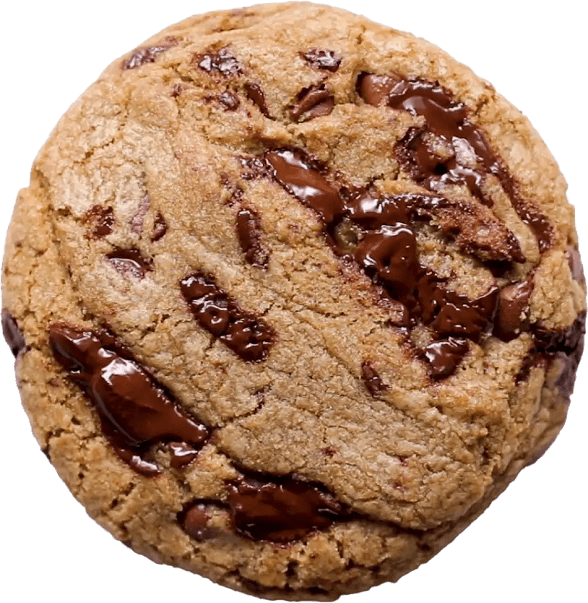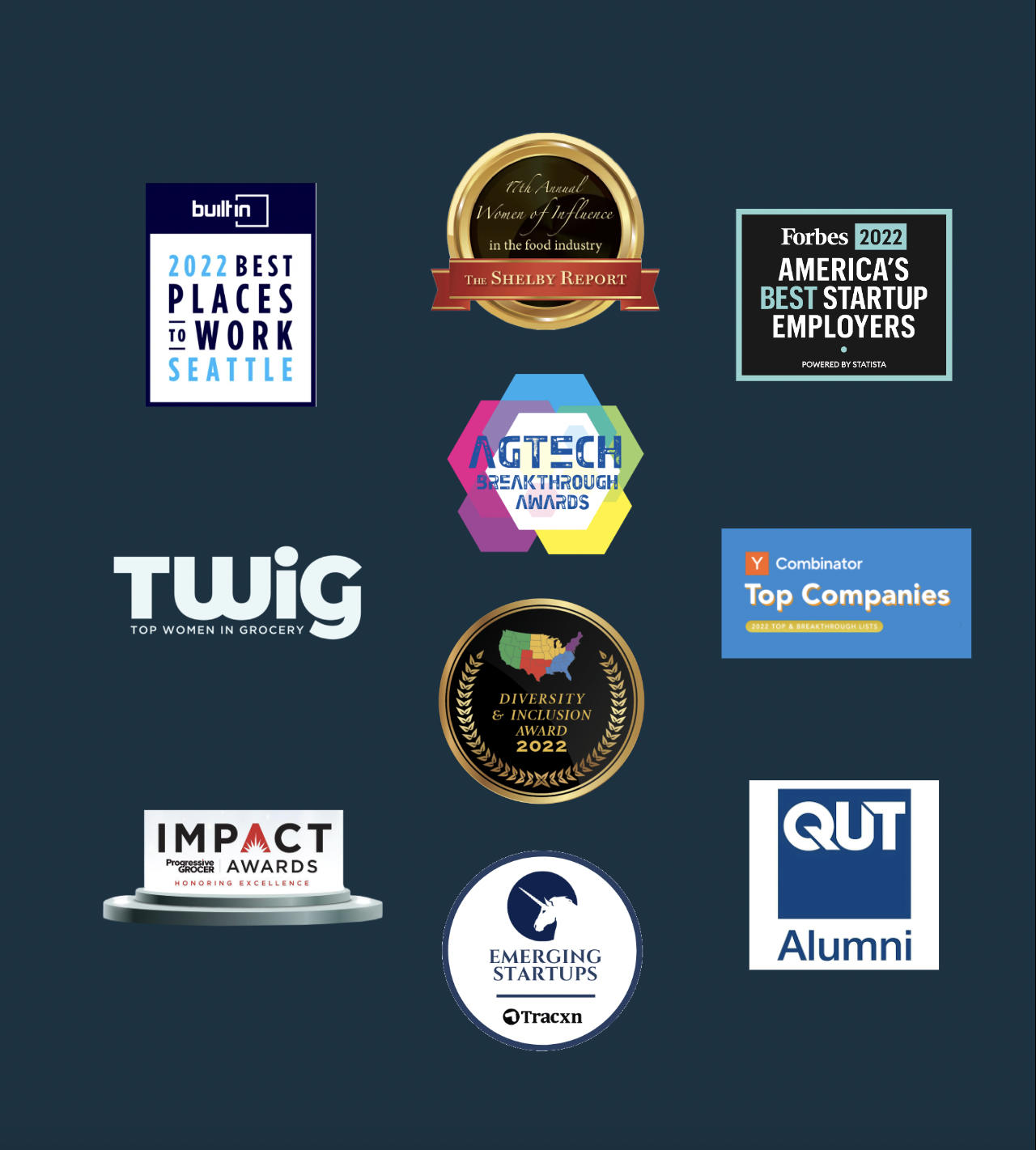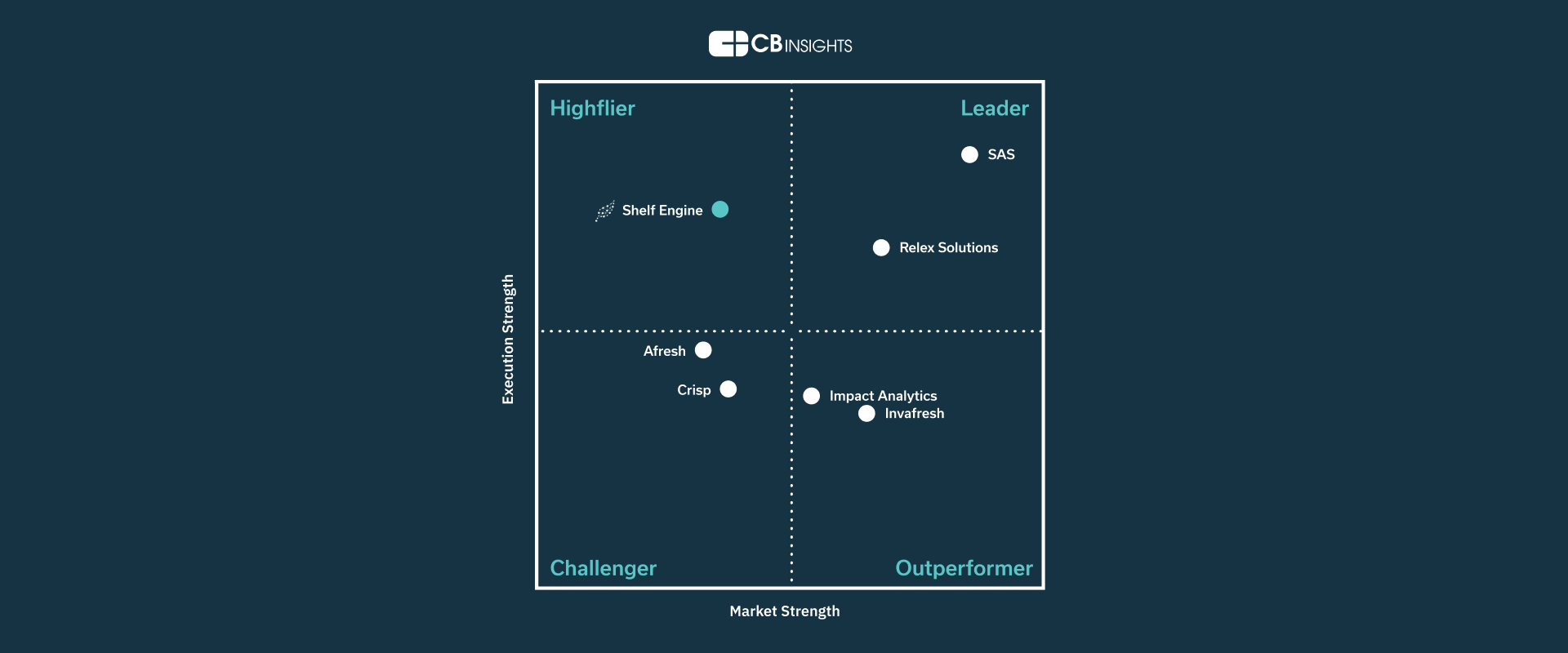This website uses cookies so that we can provide you with the best user experience possible. Cookie information is stored in your browser and performs functions such as recognising you when you return to our website and helping our team to understand which sections of the website you find most interesting and useful.
This Is What Really Happens to Retail Food Waste
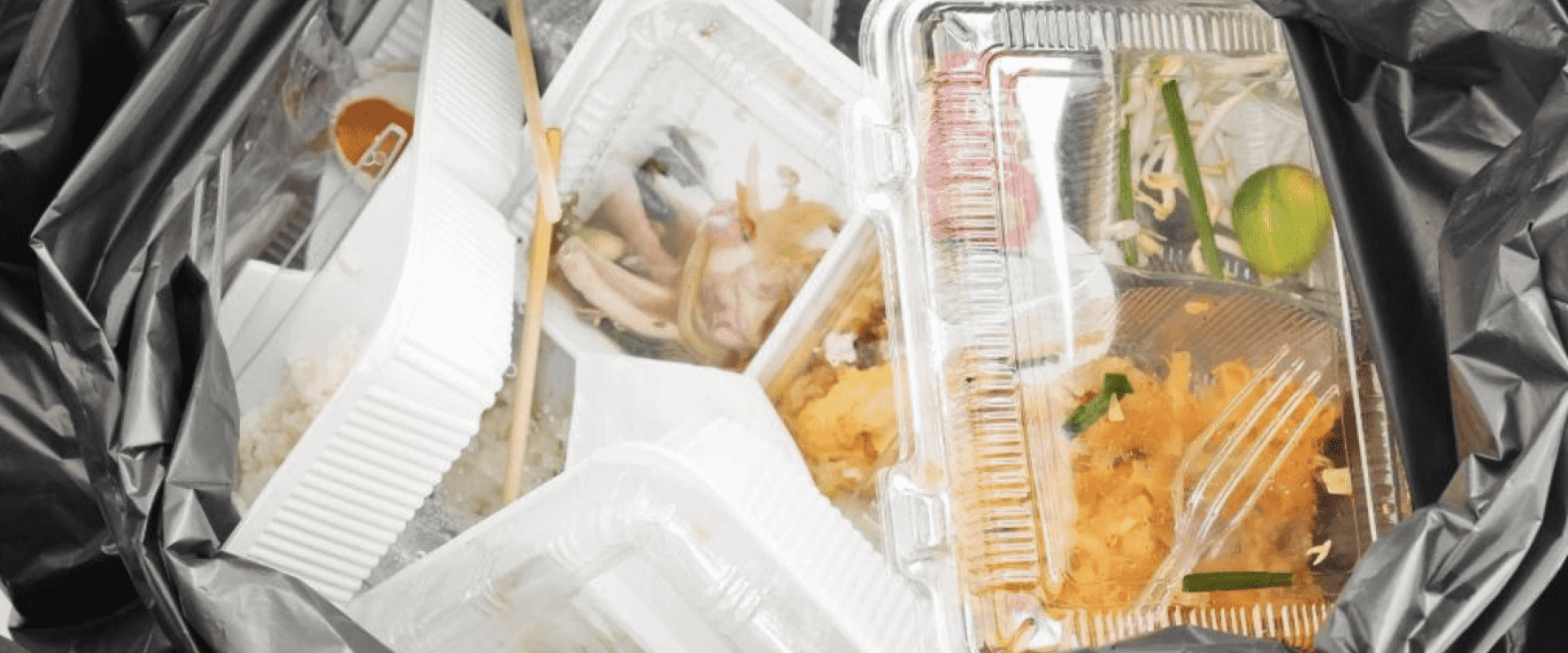
Each year, between 30-40% of food in the United States is wasted. This big number corresponds to a big problem—with a startling impact. Wasted food can end up in landfills, where it produces methane, a greenhouse gas. The resources that went into growing that wasted food are likewise wasted, including water, labor, processing, packaging, transportation, and storage. Food waste is also a moral concern, particularly in a country where as many as 42 million people experience food insecurity.
Roughly 31% of wasted food comes from consumers and retailers. Consumers typically waste food simply by buying too much and throwing it out. The retail sector includes grocers, restaurants, hotels, catering, and other businesses that sell or provide food. They waste food in a variety of ways, from over-ordering to tossing out produce that doesn’t have a perfect appearance, even if it’s safe to eat.
Shelf Engine analyzed data from the Environmental Protection Agency’s most recent Wasted Food Report to better understand where this retail food waste ends up. The EPA’s wasted food data was compiled from an extensive literature review of numerous academic studies, government reports, and surveys. Together these sources were used to create an estimate for the amount of food waste that came from the retail sector and what happened to it after being discarded. Shelf Engine ranked the most common destinations for retail food waste—some of which may come as a surprise.
While a substantial percentage of this food waste does go to beneficial use for feeding animals, growing crops, or creating energy, the majority still ends up in landfills. In this environment, beneficial nutrients are unable to reabsorb into the soil. Instead, the food waste rots and produces the methane gas responsible for 20% of global warming. Keep reading to learn more about where food waste really ends up.
#8. Land application
Total: 178,070 tons (2.1%)
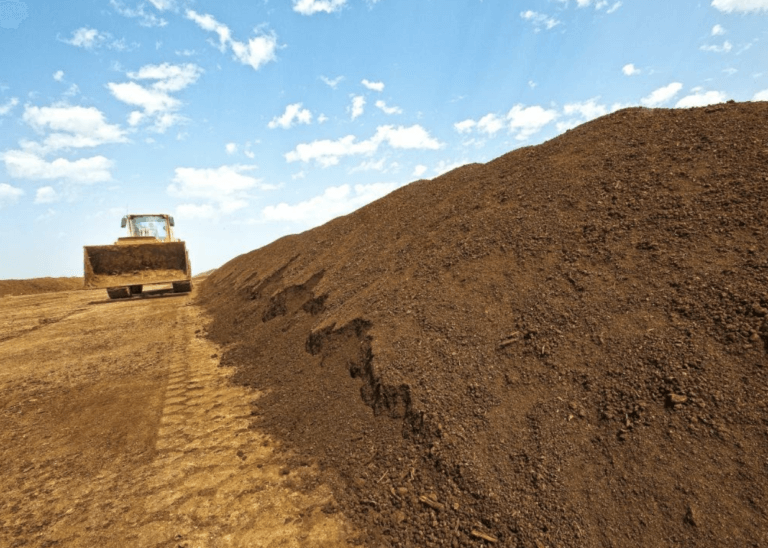
ImagineStock // Shutterstock
A small percentage of food waste is applied directly to agricultural fields where the nutrients in the food go into the ground to improve soil quality. Anyone who composts food at home to amend the soil in their garden is familiar with the basic principle of land application. Using food waste in this capacity reduces the need for commercial fertilizers while diverting thousands of tons of organic material from disposal.
The most common types of food waste used for land applications are processing byproducts such as dairy whey, the solid remains of grapes after pressing (aka pomace), and brewery waste.
#7. Controlled combusion
Total: 250,263 tons (2.9%)
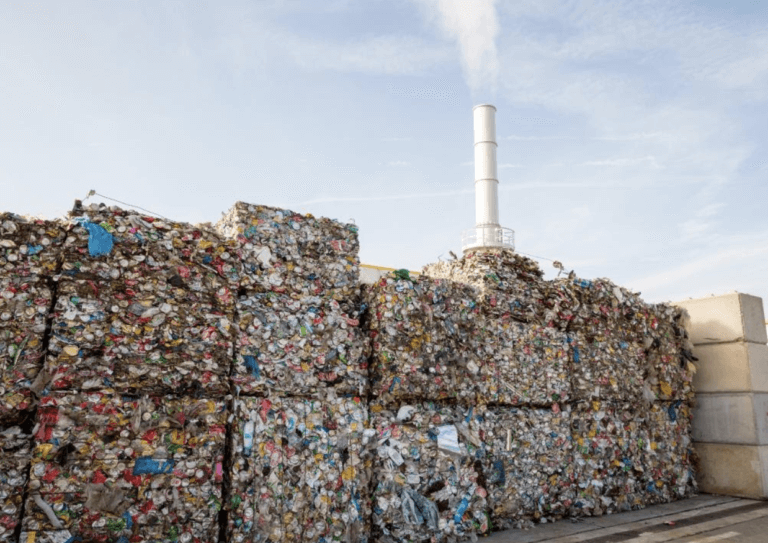
Belish // Shutterstock
When food waste is used in controlled combustion, it is converted into energy that can be used as heat, fuel, or electricity. This process is also called “waste-to-energy.” In the case of controlled combustion, the waste is burned in a confined and controlled manner. This process creates a renewable energy source, reduces the need for energy from fossil fuels, and diverts waste from landfills.
The first waste-to-energy incinerator in the United States was built in 1885 on Governors Island in New York. The original incinerators do not meet modern safety guidelines, however, and most existing facilities have been shut down or retrofitted with air pollution control systems.
#6. Bio-based materials/biochemical processing
Total: 382,054 tons (4.4%)
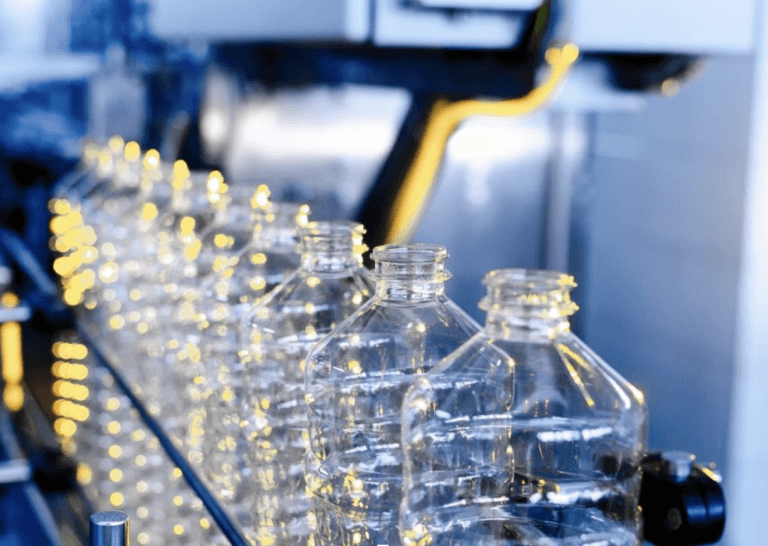
Salov Evgeniy // Shutterstock
Some food waste is used in bio-based materials and biochemical processing. A bio-based material is a product that mainly consists of substances derived from biomass, which is plant or animal matter that is used as fuel. Bio-based materials are mostly by-products of food and agricultural production. For example, plastic packaging can be synthetically created from food materials, such as corn.
Turning food waste into plastic packaging is especially promising, as it could replace traditional ways of producing plastic that are reliant on oil-based materials. Biochemists continue to discover new processes to convert food waste biomass into bio-based materials, and pioneer new use cases for these materials.
#5. Composting/aerobic processes
Total: 797,591 tons (9.2%)
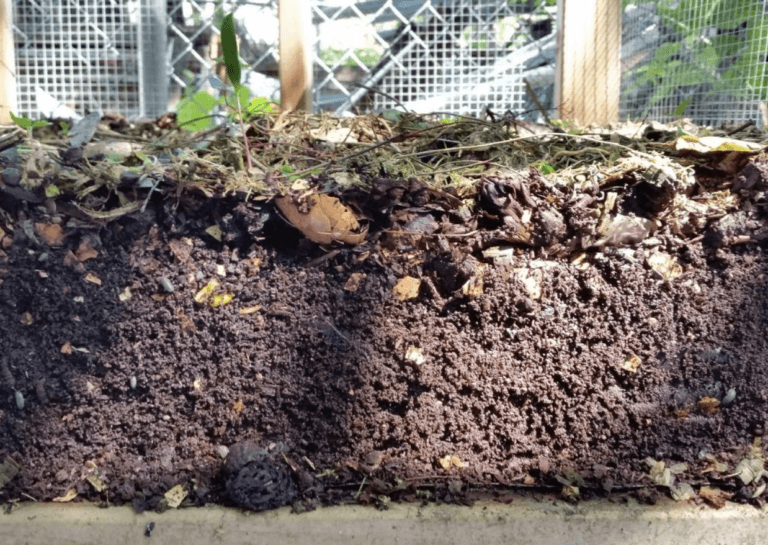
StudioTangent // Shutterstock
In 2018, 797,591 tons of retail food waste were used for compost/aerobic processes. Composting is the process of recycling organic matter, such as food scraps, into fertilizer. These food scraps would decompose eventually, but placing them in an enclosed space allows for anaerobic processes to take place, creating the ideal environment to speed up decomposition. Compost is rich in nutrients and ideal for gardening, agriculture, and horticulture.
Food waste that is not removed from the waste stream for compost ends up in landfills. There, waste is packed so tightly together that it renders aerobic decomposition—and improvements to the soil—impossible.
#4. Codigestion/anaerobic digestion
Total: 1.2 million tons (13.6%)
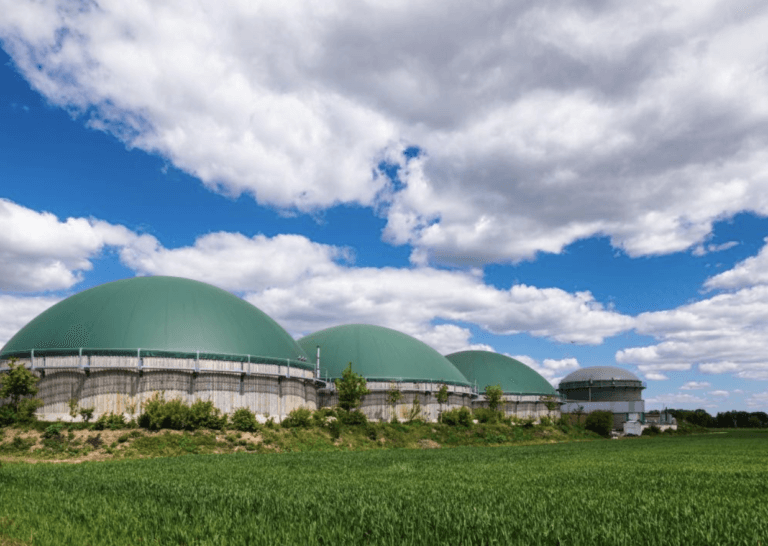
Dmitry Naumov // Shutterstock
Codigestion, or anaerobic digestion, is a process where organic materials such as food scraps, along with fats, oils, and grease, are added to wastewater or dairy digesters that have excess capacity. The benefit of this process is that it uses existing infrastructure to divert food waste and produces biogas, a type of renewable fuel.
In California there are nearly 140 wastewater treatment plants that use anaerobic digesters. This process diverts food waste, especially high-energy food known for its higher methane-producing potential, from going to landfills and producing the dangerous gas.
#3. Animal feed
Total: 1.2 million tons (14.3%)
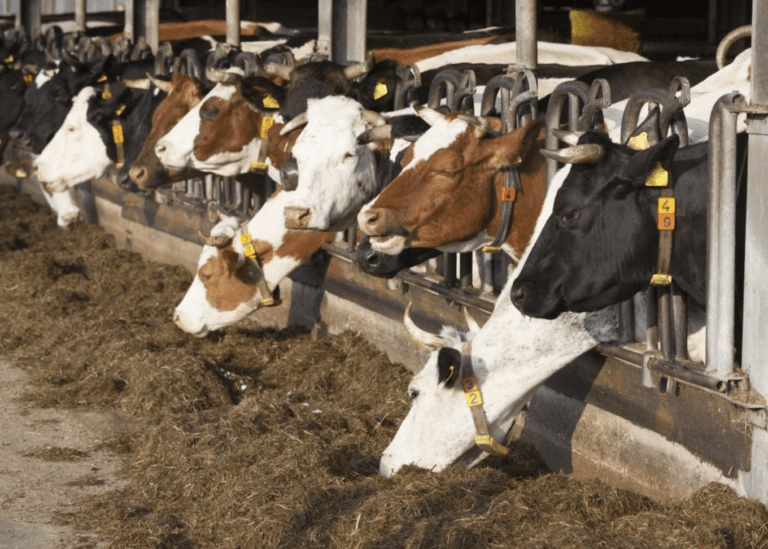
Anton Havelaar // Shutterstock
A sizable percentage of retail food waste is repurposed as animal feed—something farmers have been doing for centuries. It is a way of providing food to animals, and is often even less expensive than transporting the waste to a landfill.
Along with donating to farms, companies may donate extra food to zoos or producers of pet food. Regulations for this vary by state. In fact, some states ban food donation for animal feed while other states simply regulate what can and cannot be donated. For example, some states prohibit dairy or meat donations. In general, businesses cannot donate foods that are high in salt or include coffee grounds because of the risk of harm to animals.
#2. Food donation
Total: 1.8 million tons (20.6%)
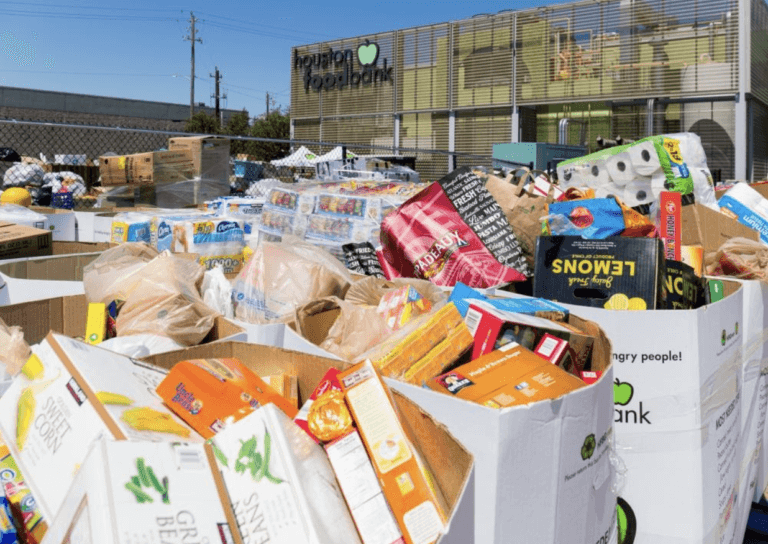
michelmond // Shutterstock
Retailers donate around one-fifth of the food they are unable to sell to food banks. This helps save food that is safe for consumption, but otherwise landfill-bound because it is too close to its sell-by date. Many food banks and food rescue organizations will collect food donations for free.
The Bill Emerson Good Samaritan Food Donation Act states that as long as the donor had not acted with negligence or intentional misconduct, the retailer is not liable for damage incurred as the result of illness. In other words, companies are not put at legal risk when they donate food. This makes food donation a practical option for retailers that also creates an attractive opportunity to benefit the communities in which they operate.
#1. Landfill
Total: 2.9 million tons (32.9%)
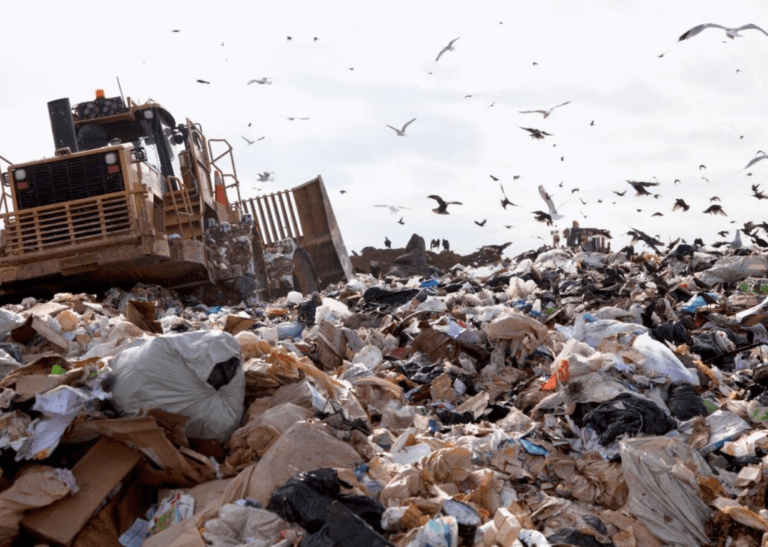
Huguette Roe // Shutterstock
The majority of retail food waste, unfortunately, still ends up in landfills despite diversion innovations. When food goes to a landfill, it is similar to tying it up in a plastic bag. The nutrients are not able to return to the soil, the wasted food rots, and methane is produced. This is a troubling truth because methane is a potent greenhouse gas and a key contributor to climate change. In fact, landfills are among the United States’ largest sources of methane.
Ultimately, there is no silver lining to the shocking amount of food waste generated in the retail sector, but there is a way forward. Companies have an opportunity to look beyond the traditional food retail practices of the past and embrace grocery demand planning and other technologies designed to curb waste. Consumers—you have a voice, too. Ask your favorite grocery stores and the restaurants you frequent what steps they’re taking to reverse this trend. We all purchase food. Consider how you can be a changemaker through your patronage.
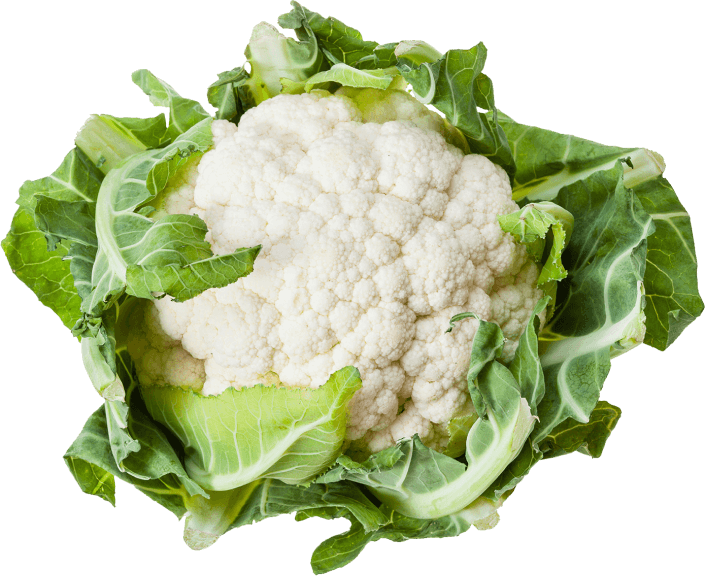
Fresh, delivered.
from the Shelf Engine team.
By providing your email, you agree to the Shelf Engine Privacy Policy.

